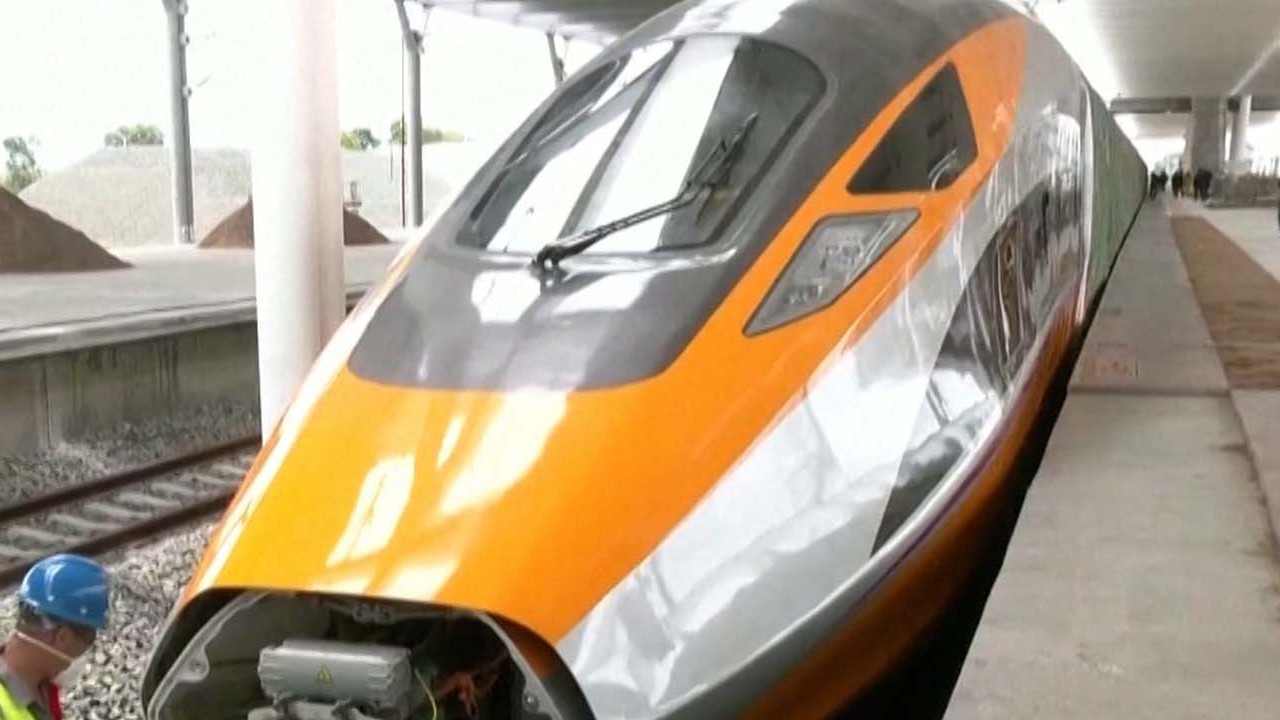
Mineral-hungry China triples Indonesian investments as Jakarta pushes downstream processing
- Chinese investment into Indonesia reached US$1.56 billion between July and September, up from US$595.61 million a year earlier
- China leans heavily on imports from resource-rich Indonesia, which is seeking to have more of its minerals processed domestically
Chinese investment in Indonesia jumped in the third quarter driven by demand for raw materials used in manufacturing and Jakarta’s campaign to process more minerals at home before export.
Foreign direct investment from China to Southeast Asia’s biggest economy reached US$1.56 billion between July and September, according to data from the Indonesian Ministry of Investment, a steep rise from US$595.61 million in the same period last year.
More than 1,150 new Chinese investment projects were recorded in the last quarter, official data showed. Analysts said most were for downstream projects, refining minerals such as nickel before sale back to factories in China.
“A key area of investment by Chinese firms is into Indonesia’s nickel smelting and downstream processing industries,” said Rajiv Biswas, Asia-Pacific chief economist with S&P Global Market Intelligence.
‘Kind and friendly’ talks see Xi and Widodo pledge stronger ties
Chinese investments totalled US$3.6 billion from January until June, up from US$1.7 billion in the first half of 2021, ministry data showed. China is Indonesia’s second-largest foreign investor after Singapore.
China leans heavily on imports from Indonesia – a major exporter of coal, palm oil, nickel and other raw materials – to sustain its manufacturing output, including steelmaking, which was worth US$4.87 trillion last year.
Trade between Indonesia and China rose by 28.8 per cent in the first nine months of this year, led by Indonesian exports of base metals, coal and natural gas.
Indonesia banned exports of nickel ore in late 2020 as part of its campaign to attract investment in processing, create jobs and move up the export value chain. The European Union subsequently filed a dispute with the World Trade Organization over the ban, though no ruling has been made.
Even so, Widodo has signalled that more bans on raw material exports are likely.
Indonesia may be a major exporter of minerals, but revenue generated by their sale had not eased poverty in the country or “reached the broader population”, said Angela Tritto, postdoctoral fellow with the Hong Kong University of Science and Technology Institute for Emerging Market Studies.
Indonesia hopes to lure billionaires and global talent with ‘second-home visa’
China’s investments have helped Indonesia become the world’s largest producer of nickel and nickel-related products, such as stainless steel, Tritto said. She expects electric vehicle batteries to follow.
China’s Zhejiang Huayou Cobalt announced in May 2021 it would partner with other companies, including a battery maker, to set up a US$2.1 billion nickel and cobalt smelting project in Indonesia. The project aims to produce around 120,000 tonnes of nickel.
In September, Huayou Cobalt and nickel producing giant PT Vale Indonesia signed a framework agreement to pursue a high pressure acid leaching project in the Indonesian mining town of Sorowako, the Chinese firm said on its website. The two firms have done a feasibility study on a mine in South Sulawesi province, Huayou Cobalt said.
Elsewhere, China-based Tesla supplier Contemporary Amperex Technology plans to build a US$5 billion lithium battery factory in Indonesia and start production in 2024 as part of a joint venture with two Indonesian state-owned firms, Biswas said.
Global demand for electric vehicles should increase foreign investor interest in refining Indonesian minerals for batteries, according to analysts.
The electric vehicle market is expected to grow as governments around the world seek to cut greenhouse gas emissions. The market will be worth US$957 billion by 2030, growing at a compound annual rate of 24.5 per cent from this year, according to industry analysis firm Market Research Future forecasts.
While Indonesia is well placed to capitalise on the growing demand, there are concerns about environmental and labour conditions in the fast-growing industry.
“For Chinese companies, this means essentially being able to access cheap resources and labour in Indonesia, with much less strict environmental regulations and oversight than those in place domestically,” Tritto said.
“And for Indonesia, this means positioning the country as a new manufacturing powerhouse to benefit from the coming [electric vehicles] sales growth in the region.”
Indonesia should ensure Chinese-funded projects reach more common people, rather than just “elites and politicians” in mining areas, said Nukila Evanty, Jakarta-based member of the Asia Centre think tank’s advisory board.
“There is no involvement of local labour,” Evanty said, pointing to Chinese-invested gas, oil and nickel projects.
“It’s not about the export bans. It’s about how to change this culture. We need the jobs, particularly after these two years of pandemic, but the policy here is like top down.”



.jpg?itok=1K5dew8s)